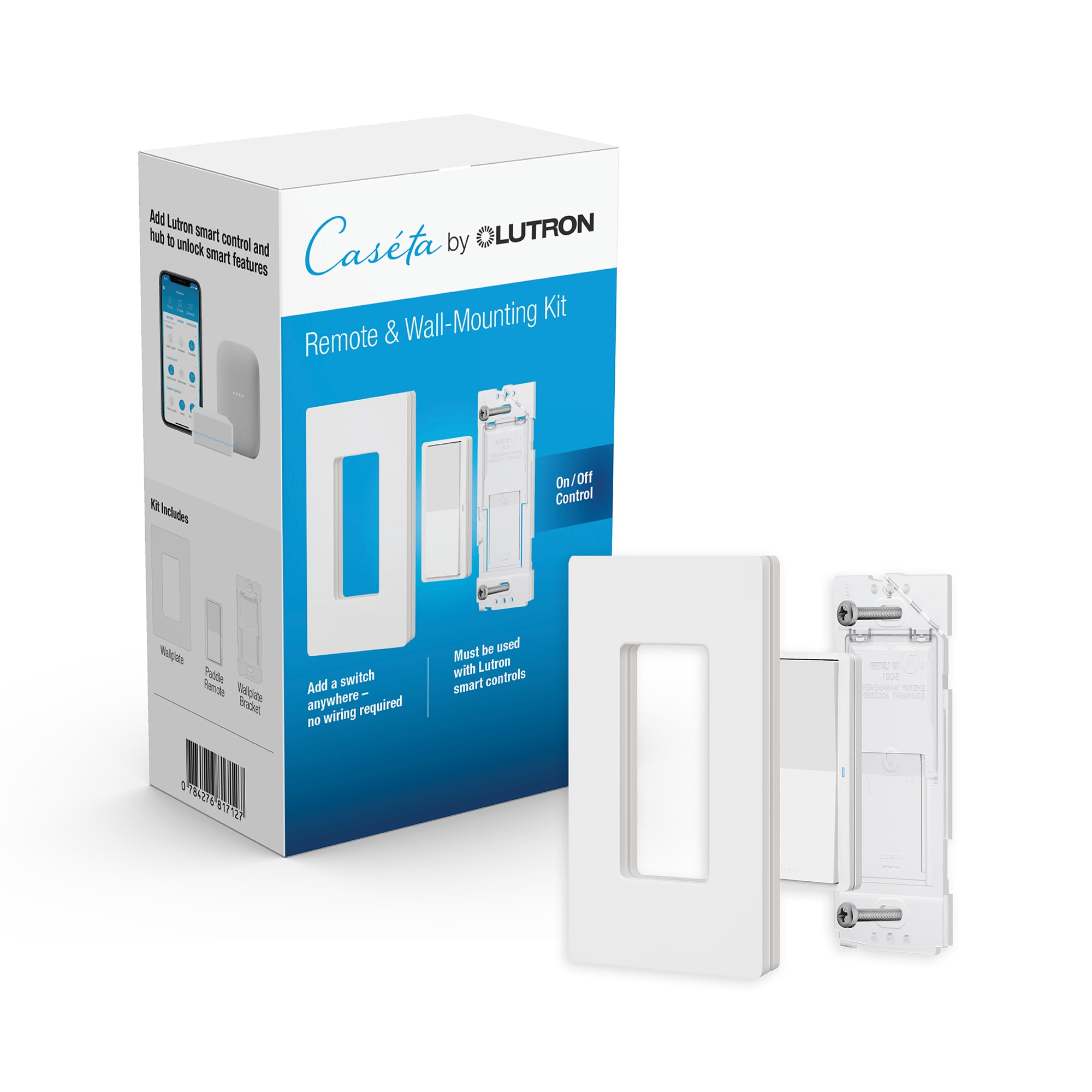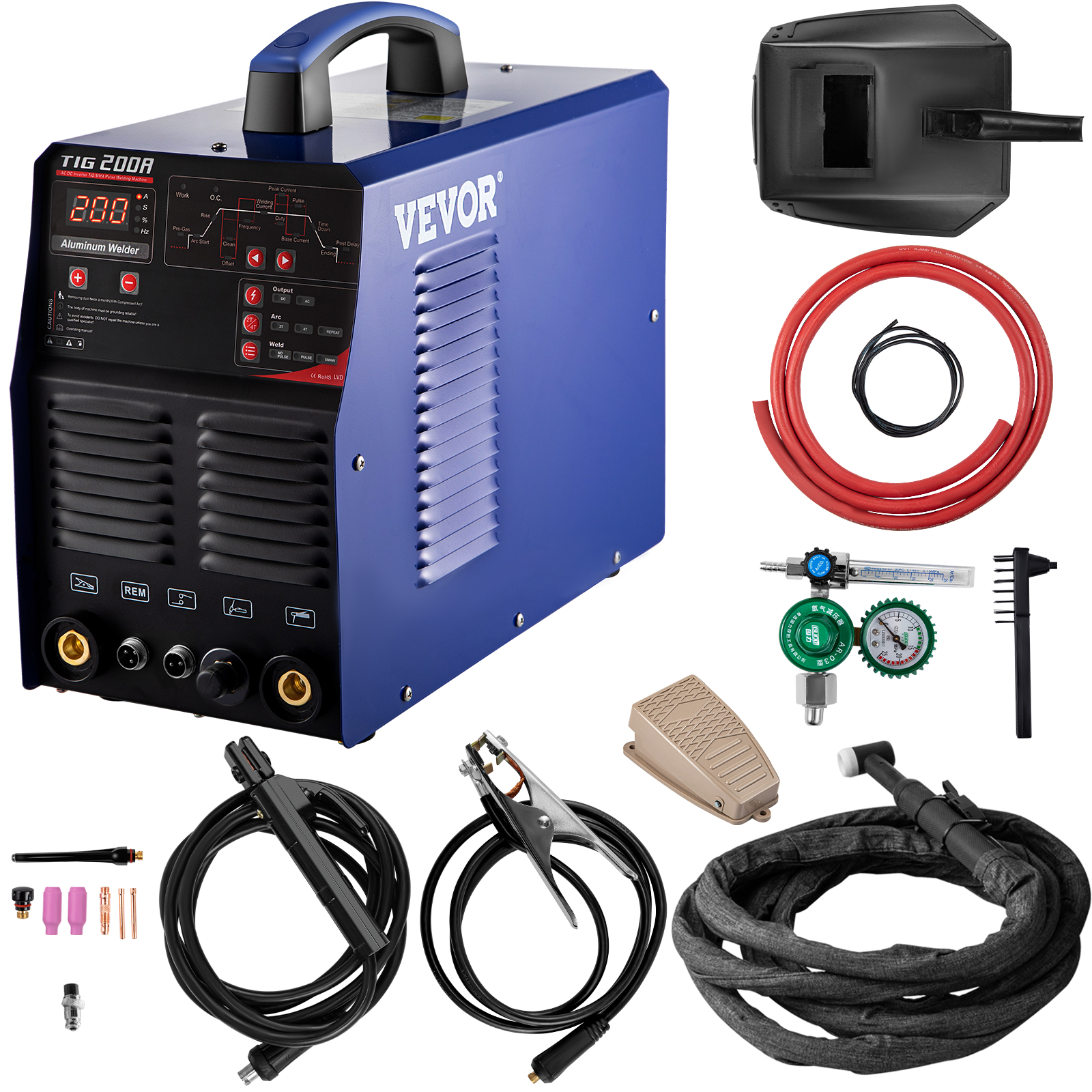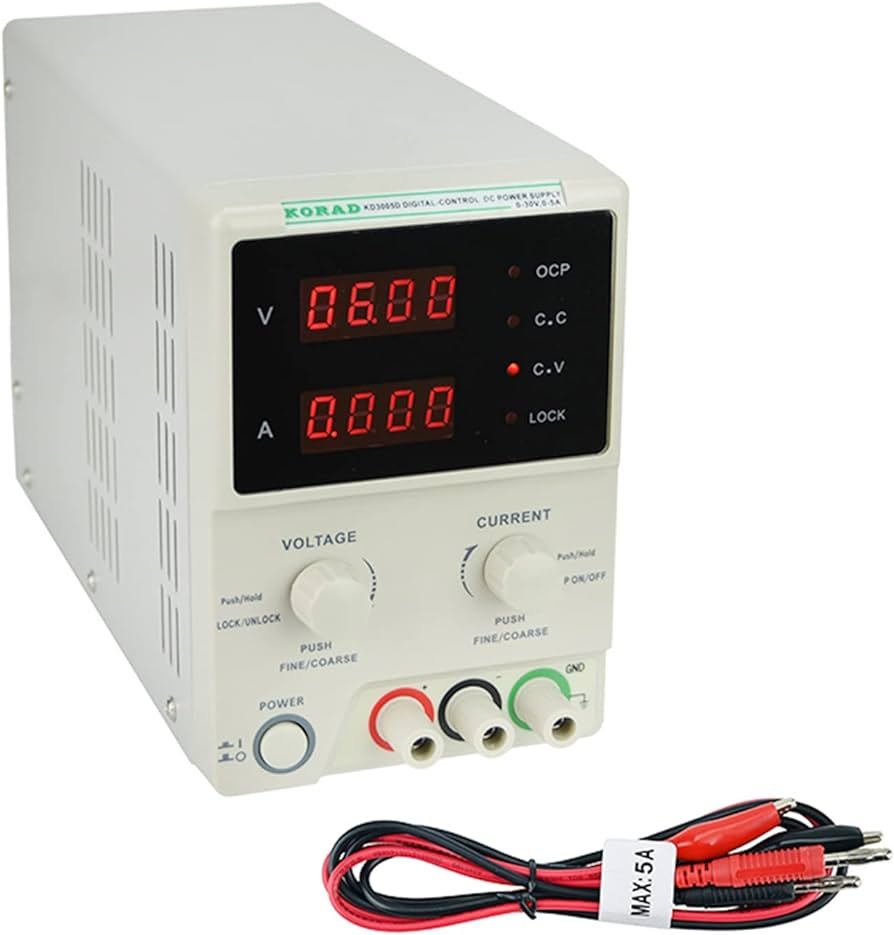Taps on a welding transformer adjust the output current. They fine-tune the welding machine’s performance for various tasks.
Taps are essential components for controlling the voltage in welding transformers, directly impacting the quality of welds produced. By selecting the appropriate tap, welders can ensure they provide the right amount of current for a particular material or welding technique.
This customization allows for greater control over the heat generated and the welding speed, which can be crucial for tasks ranging from delicate, precise welds to heavy-duty industrial jobs. Understanding and utilizing taps effectively can optimize the welding process, enhance efficiency, and improve the overall strength and appearance of the weld.

Credit: www.linkedin.com
Components Of A Welding Transformer
Welding transformers are essential for managing the flow of electricity in welding equipment. They consist of carefully crafted components that work together seamlessly. Each part plays a pivotal role in transforming electrical energy into the perfect form for welding tasks.
Primary Coil
The primary coil in a welding transformer is where the electrical journey begins. This coil wraps around the magnetic core and draws power from the source. When electricity enters here, it starts the process of energy transformation needed for the weld. The number of coils influences voltage levels and efficiency.
Secondary Coil
Opposite the primary, the secondary coil functions as the power delivery system. It collects the modified electrical energy. This coil has more or fewer turns than the primary, changing the voltage to suit welding needs. As a result, this coil’s construction directly impacts the output your welding tasks receive.
Magnetic Core
At the heart of these coils sits the magnetic core. This core, often made of iron, channels the magnetic field between primary and secondary coils. Its design minimizes energy loss through heat, making it a cornerstone for efficient welding operations. Its durability and material composition can greatly affect the transformer’s performance.

Credit: www.lowes.com
Different Types Of Taps
Understanding the different types of taps on a welding transformer is key for successful welding. Taps are crucial for controlling the voltage and current during the welding process. They help welders to adjust the electrical characteristics of the welder to match the welding task at hand. Let’s explore the various taps and their functions in more detail.
Variable Taps
Variable taps allow precise control over the welding transformer’s output. They offer a range of settings for the welder to fine-tune the voltage to the desired level. This type of tap is perfect for tasks that require adjustments during the weld.
Fixed Taps
Unlike variable taps, fixed taps have specific, unchangeable settings. Fixed taps provide preset voltage or current values that are tailored for common welding jobs. They are straightforward, easy to use, and great for consistency.
Constant Voltage Taps
With constant voltage taps, the transformer maintains the voltage level steady regardless of the arc length. These taps are ideal for processes like MIG and flux-cored welding where voltage consistency is crucial.
Constant Current Taps
For welding applications that need steady current, constant current taps are the go-to choice. They keep the welding current constant even when the voltage fluctuates. This is especially useful for stick and TIG welding.
| Type of Tap | Characteristics | Uses |
|---|---|---|
| Variable Taps | Adjustable settings | Fine control for welding |
| Fixed Taps | Preset values | Consistent, common tasks |
| Constant Voltage Taps | Steady voltage | MIG, flux-cored welding |
| Constant Current Taps | Steady current | Stick, TIG welding |

Credit: eur.vevor.com
Frequently Asked Questions On What Are Taps On A Welding Transformer
What Are Welding Transformer Taps?
Taps on a welding transformer are adjustable connection points that allow the operator to change the voltage and current levels, enabling control over the weld’s heat input.
How Do Taps Affect Welding Performance?
Altering taps can refine the welding arc, influencing penetration, weld bead size, and overall weld quality to suit different materials and thicknesses.
Can You Adjust Taps During Welding?
Taps are usually set before starting the welding process, as adjusting them while welding can lead to unstable arcs and potential safety hazards.
Why Are Multiple Taps Useful?
Multiple taps provide welders with a wider range of voltage and current options, facilitating versatility and adaptability for welding various types of metals and joint designs.
Do All Welding Transformers Have Taps?
Not all welding transformers have taps. Some models use different methods for regulating voltage and current, but many industrial transformers include taps for finer control.
Conclusion
Understanding the function and variety of taps on welding transformers can optimize your welding process. Selecting the right tap ensures consistent weld quality and equipment efficiency. As we’ve explored their significance and use, remember these choices can greatly impact your welding outcomes.
Choose wisely for best results.
